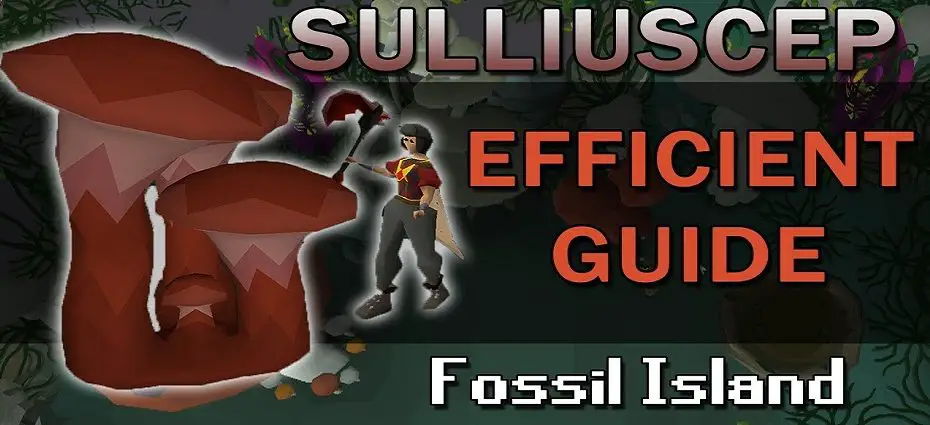Old School RuneScape is a vast and immersive world filled with various activities, quests, and skills. One of the unique and intriguing aspects of the game is the farming skill, which allows players to cultivate and harvest a wide range of crops and trees. Among these, Sulliscep trees stand out as a mystical and rewarding option for players looking to explore the world of Gielinor. In this article, we will delve into the fascinating world of Sulliscep trees, discussing their origin, growth mechanics, uses, and the special challenges they present.
The Origins of Sulliscep Trees
Sulliscep trees are not your ordinary trees in OSRS. They were introduced to the game as part of the Fossil Island expansion, which brought new content and an entirely new area to explore. These trees are exclusive to the island, making them a unique addition to the game’s farming repertoire.
Growth Mechanics
Growing Sulliscep trees requires a combination of farming and woodcutting skills. Players must first obtain Sulliuscep caps, which can be obtained by defeating the ancient Wyrm. Once you have these caps, you can plant them in specific mushroom patches on Fossil Island. These patches are found near the Tar Swamp, the Mushroom Forest, and the House on the Hill.
Sulliscep trees undergo three stages of growth: sprout, medium, and large. Each stage takes several hours to reach maturity. Players must ensure the patches are watered to prevent the trees from dying during the growth process. To water the patches, use a watering can on them, and check the patches periodically to ensure proper growth.
Harvesting and Rewards
When a Sulliscep tree reaches maturity, it can be chopped down to yield various rewards. These rewards include Sulliuscep caps, Sulliuscep mush, fossils, and volcanic ash. Sulliuscep caps are essential for planting new trees, while Sulliuscep mush can be consumed for small amounts of Hitpoints experience. Fossils can be used for prayer experience, and volcanic ash is a valuable resource for creating ultracompost, which boosts the yield of other farming patches.
